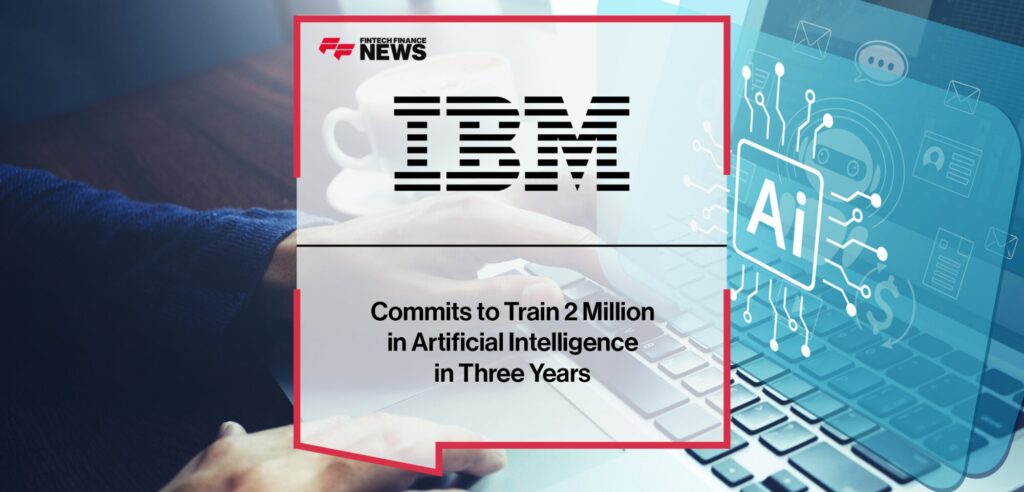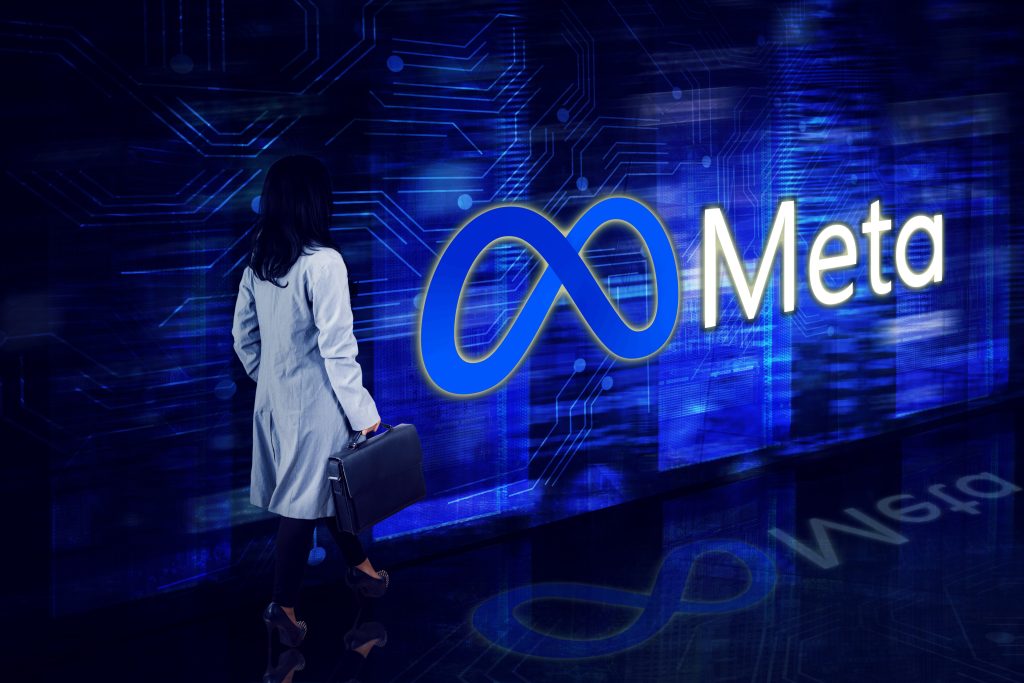Solana Co-Founder: To Keep the Next Great American Founder in America, Congress Must Regulate Crypto. But First Lawmakers Should Learn How it Works.
Anatoly Yakovenko, the co-founder of Solana and CEO of Solana Labs, recently shared his perspective on the importance of Congress regulating cryptocurrency to foster innovation and retain talented entrepreneurs in the United States.

Born under Soviet rule in modern-day Ukraine, Yakovenko moved to America at the age of 11 and has since been a champion for open and accessible technology. Yakovenko’s journey from a young immigrant to a successful entrepreneur mirrors the American dream, but he worries that regulatory hurdles are driving away the next generation of innovators in the blockchain space. In his view, Congress should take proactive steps to create a regulatory framework that both protects consumers and encourages entrepreneurship.
The blockchain revolution has spawned thousands of entrepreneurs with ambitious projects, many of whom are challenging corporate giants in industries like wireless networks, ridesharing, food delivery, and social media. However, building a blockchain company in a compliant manner is a complex and expensive process, dissuading young founders from pursuing their dreams in the U.S.
Yakovenko highlights the alarming decline in the number of open-source blockchain developers in the U.S., dropping from 42% in 2018 to 29% in 2022, emphasizing the urgent need for regulatory clarity to prevent this talent drain.
While acknowledging the need to combat scams and protect consumers, Yakovenko argues that the entire blockchain industry should not be punished for the actions of a few bad actors. Instead, he calls for a regulatory framework that fosters innovation while maintaining American values.
In July, two Congressional committees advanced legislation aimed at creating regulatory frameworks for digital assets and stablecoins, a bipartisan effort that Yakovenko applauds. While these bills may not be perfect, he urges Congress to move forward with them and continue refining the regulatory landscape.
Beyond legislation, Yakovenko emphasizes the importance of government investment in blockchain research and development, citing historical examples of technologies like GPS and the internet that were initially incubated by the U.S. government. He urges policymakers to experiment with blockchain technology and explore ways to harness its potential for public benefit.
Also Read: Intel CEO Says the Chipmaker’s Technology Is Central to AI Boom
Yakovenko concludes by inviting an open conversation between blockchain entrepreneurs and policymakers, advocating for collaboration to shape a regulatory framework that not only protects consumers but also encourages innovation and keeps talented founders building in America.
As the blockchain industry continues to evolve, Yakovenko’s insights underscore the critical role that Congress and government institutions must play in ensuring that the United States remains a hub for technological innovation and entrepreneurship in the digital age.




